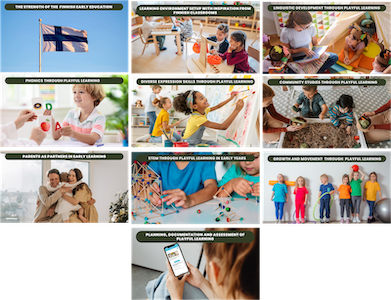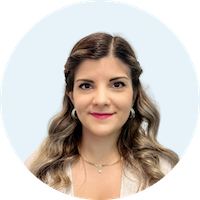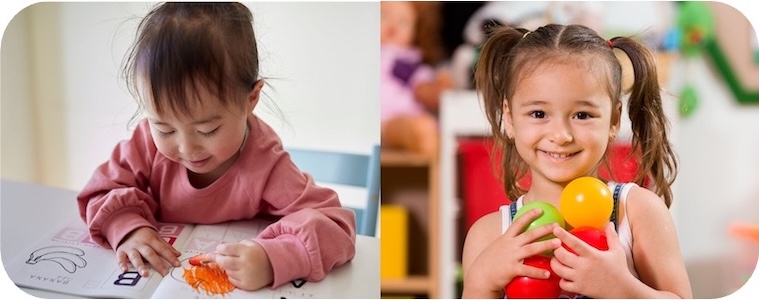Hi,
I’m Stella Giota, Education Specialist at Kindiedays, and I’ll be leading the next Kindiedays Academy cohort starting Saturday, January 10th.
I’m sending this to you because many private preschools I speak with—owners, principals, and academic coordinators—want the same outcomes:
- Parents who are impressed and confident (not constantly questioning “what is my child learning?”)
- Teachers who stay longer because they feel skilled, supported, and proud of their work
- A classroom culture that looks and feels modern, child-centered, and joyful—without losing structure, routines, or school readiness
But there’s a common gap: teachers often receive activity ideas, yet they haven’t been trained to consistently and high-quality implement playful, experiential learning.
That is precisely what Kindiedays Academy solves.

What Kindiedays Academy is (and why it works)
Kindiedays Academy is a 10-workshop professional development program that builds teaching skills step by step—from learning environment and language development to STEM, art, community learning, parent partnerships, and documentation.
Every workshop includes:
- Live teaching (never pre-recorded)
- Real examples from Finnish classrooms
- Hands-on participation (you will practice, not just listen)
- Open discussion + Q&A and problem-solving
- Practical implementation tasks to try with children
Importantly, after every workshop, teachers receive an assignment to implement with children and receive feedback—so the training becomes a real classroom change, not “one more webinar.”
If someone misses a session, they can also attend the same workshop in the next cohort at no extra cost.
At the end of the program, each participant receives a Kindiedays Academy Diploma in Finnish Early Childhood Pedagogy, recognizing both learning and practical application.
What’s in the 10 workshops
Here’s the journey your teachers (and academic team) will go through:
Summary text above this line. Drag to move.
- The Strength of Finnish Early Education — principles, the EduCare model, daily schedules, child-centered teaching, playful learning foundations, and partnership with parents.
- Learning Environment Setup — learning corners, intentional materials, and turning the classroom into the “third teacher”.
- Linguistic Development through Play — vocabulary, communication, and playful language strategies.
- Phonics — the alphabetic code, core phonics skills, blending/segmenting, and hands-on techniques.
- Diverse Expression Skills (Art) — moving beyond copy-paste crafts into meaningful, open-ended expression.
- Community Studies through Play — culture, diversity, ethics, worldview, emotional awareness, and hands-on community learning
- Parents as Partners — building trust, communication, and bringing families into the learning journey.
- STEM through Play — inquiry-based learning, playful experiments, simple engineering, and math in daily routines.
- Growth & Movement through Play — physical development, indoor/outdoor activity, food education, safety routines.
- Planning, Documentation & Assessment — holistic lesson planning, documentation methods, assessment tools, and using digital tools to track learning.

Together, these workshops create a consistent teaching approach across the entire preschool (rather than relying on a single enthusiastic teacher to try something new on their own).
Benefits for both educators and owners
For teachers and academic coordinators, Academy helps you:
- Build practical skills in playful, child-centered learning
- Integrate modern curriculum into daily routines (without confusion)
- Feel motivated and confident as professionals
For owners, the impact shows up in business outcomes too:
- Stronger educational quality (that parents can see and feel)
- A healthier team culture and improved teacher retention
- Higher parent satisfaction and trust
What participants say
One Academic Coordinator from Mumbai shared after sessions with us:
Kindiedays’ training “left a lasting impression… inspiring us to embrace the possibilities of Finnish pedagogy.”
A Curriculum Developer from Delhi noted that teachers gained “practical tools and fresh perspectives” to integrate Finnish pedagogy into daily learning experiences.
Cohort details
Join now:
- Start date: Saturday, January 10th
- Timing:
- 🇮🇳 3:00 PM - 5:30 PM IST
- 🇫🇮 11:30 AM - 2:00 PM EET
- Format: 10 interactive live online workshops, 2.5 hours each, with homework and application
- Fee: 150 EUR or 15,000 INR per teacher for the full program
- Payment: credit/debit card (limited seats)
How to enroll (quick and simple)
If you’re a preschool owner, I recommend enrolling your Academic Coordinator + Key Teachers. That combination creates faster preschool-wide impact.
If your preschool is ready to move toward joyful, experiential, child-centered learning, Kindiedays Academy is the most practical first step.
👉 Send an email to me at stella@kindiedays.com , and I will contact you to sign up your team!
I’d love to see you (and your team) in the Next Academy.

Warmly,
Stella Giota, stella@kindiedays.com
Education Specialist, Kindiedays
PS Download the Full Program and SIGN UP HERE
.png)


